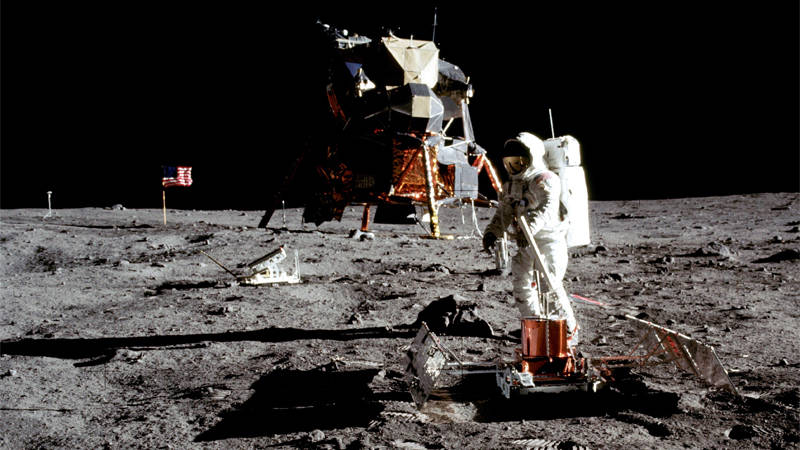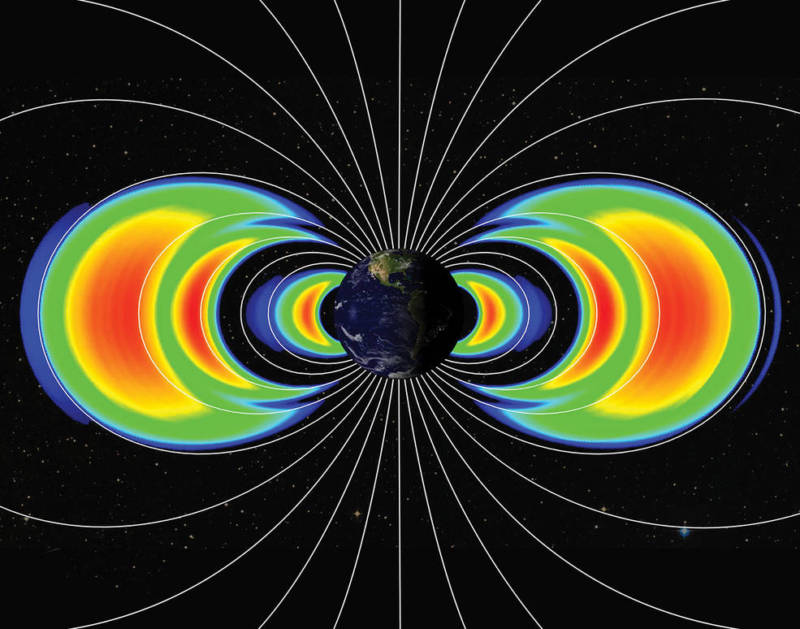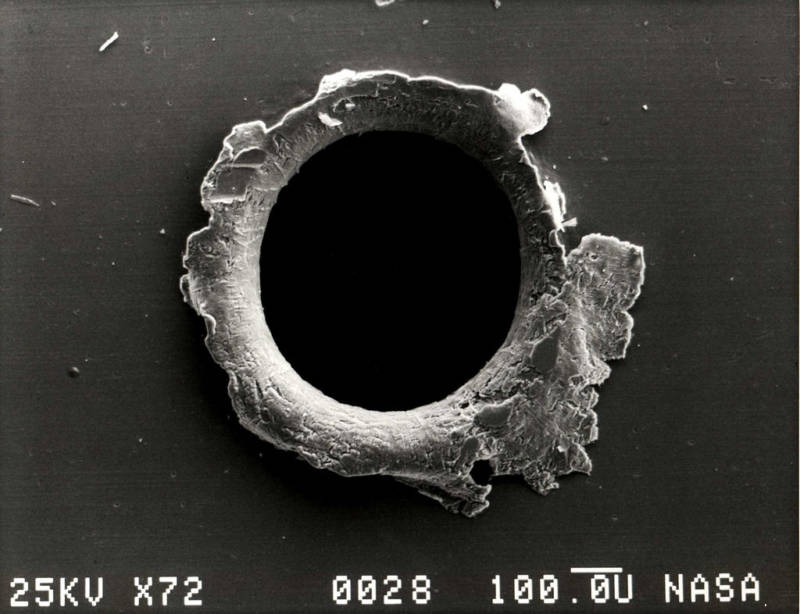Today, the basic physics of getting to the moon and back seem disarmingly simple. Apply the force of rocket thrust to oppose the force of Earth’s gravity, using it to lift off the ground. Apply further rocket thrust to propel your spacecraft toward the moon, then coast the rest of the way. Finally, use rockets to counter the moon’s gravity to control your downward speed and make a soft landing.
But the Apollo missions that made the round-trip voyage between 1969 and 1972 represented an unprecedented challenge for engineers of the day, who managed to deliver 12 astronauts to the surface of the moon and bring them back to Earth employing technology that today seems astonishingly primitive. Looking back at those events from our privileged high-tech perspective can prompt feelings of awe.
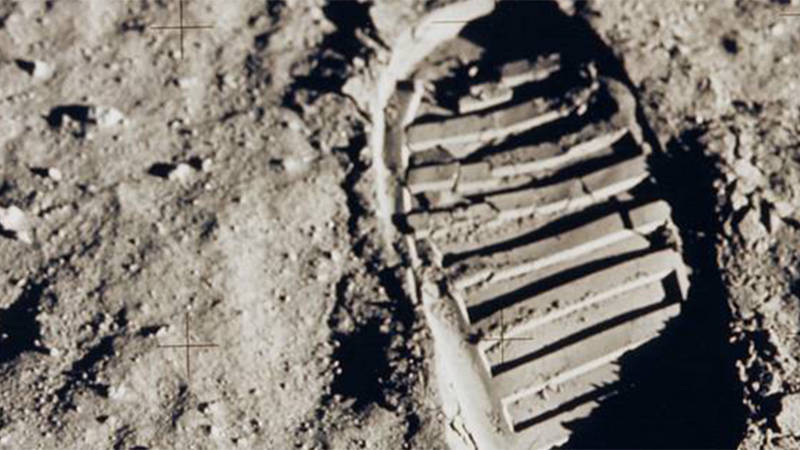
Apollo Flights Were Triumphs for Their Time
Consider the details of the primitive technological tools and complicated orbital mathematics that allowed us to navigate those simple laws of nature to get there and back again. If you were alive during the Apollo missions, you remember what things were like. Black-and-white tube televisions took minutes to warm up. Households shared a landline telephone. Even simple pocket calculators were yet to be invented.
Computers were more a creation of science fiction than something most regular folks had ever seen in person. They were barely beginning to evolve toward today’s miniature digital miracles — they employed transistors, electronic resistors, capacitors, and other basic components that were either wired together on circuit boards, or (at best) early versions of printed circuit technology — a far cry from the printed microchip devices we are dependent on today.
In comparison, the smartphone in your pocket crunches numbers a hundred million times faster than the best computers of the Apollo age and can store billions of times more data.
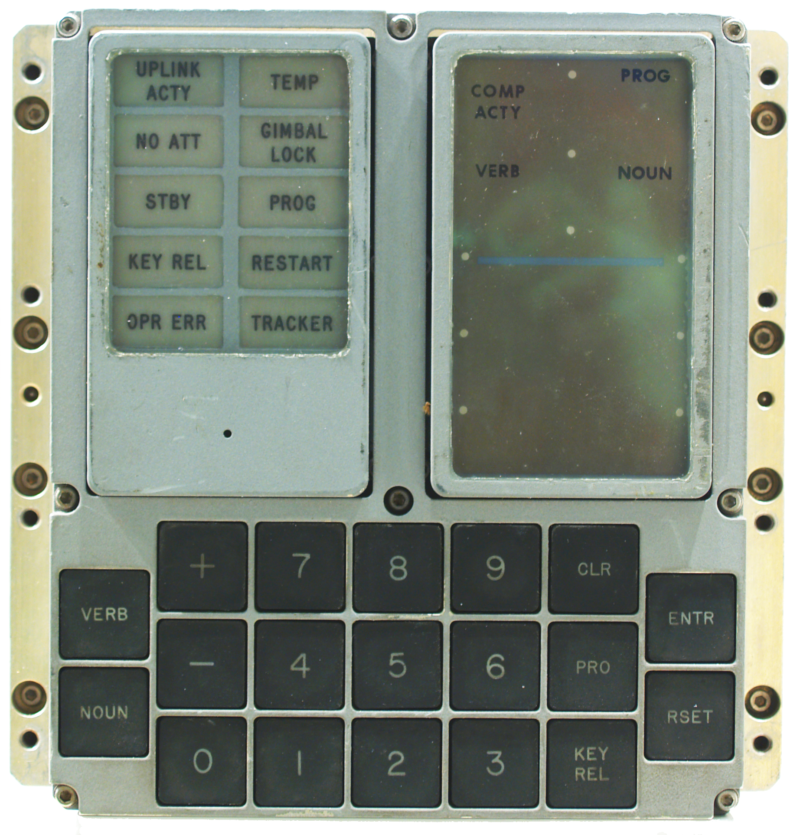
Rocket technology grew up out of post-World War II military applications, as well as the Cold War between the United States and the Soviet Union. Rockets were simple tubes of solid fuel ignited like Roman candles, or single-use tanks of liquid fuel poured into combustion chambers and set alight. Today, the SpaceX Corporation has developed reusable rockets that return to Earth and land softly after lifting their payloads skyward.
